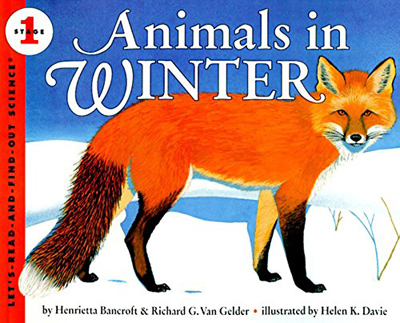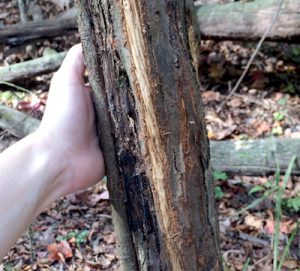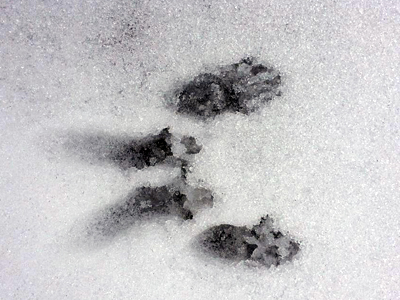Winter Wildlife Safari
In winter, the weather gets colder and the days get shorter. Animals deal with these changes in different ways.
 Some animals—like Baltimore orioles—migrate, or travel to other locations. Others—like little brown bats—hibernate, or go through a deep sleep. Others still—like gray squirrels—adapt to the cold by changing their daily activity patterns and layering on fat to insulate their bodies.
Some animals—like Baltimore orioles—migrate, or travel to other locations. Others—like little brown bats—hibernate, or go through a deep sleep. Others still—like gray squirrels—adapt to the cold by changing their daily activity patterns and layering on fat to insulate their bodies.
Animals in Winter by Henrietta Bancroft and Richard G. Van Gelder is a great children’s book that describes the ways animals handle winter.
While it might seem like a period of inactivity for many wildlife, some species are still active and visible this time of year. So, bundle up the children and head outside to see what you can find! Grab a notebook and record your observations. What animals can you find? What are they doing (chasing each other, eating, sleeping, chasing each other, etc.)? You may also find signs wildlife have been in the area, like…

Deer antler rub on a small tree; photo by Kerry Wixted
- Bones
- Chewed branches, nuts or acorns
- Homes (look up in the trees for old bird nests, wasp nests or leafy squirrel nests)
- Scat (aka poop)
- Scratches on trees or on the ground
- Tracks
- Trails or tunnels in the snow or tall grass
Try to figure out which animals left the sign. For example, you can use our track key to identify common mammal tracks, or you can use our common mammal skull guide. You can print out and take our winter scavenger hunt with you, or you can create your own. You can also go on a winter conifer quest. The possibilities are endless—so get outside!
 Fox scat is often twisted on the ends and contains hair from prey. Look for it in the middle of trails; photo by Kerry Wixted |
 Eastern gray squirrel tracks in the snow. The larger tracks are made by its hind feet; photo by Kerry Wixted |
Author’s Note
Welcome to the winter edition of the HabiChat, our quarterly backyard wildlife habitat newsletter from the Wild Acres program. Winter is usually a time of dormancy for many species. However, quite a few critters are active during this time of year! This issue includes information on one of our winter visitors—the yellow-bellied sapsucker—as well as tips on taking kids out for a winter wildlife safari. It also contains information on winter nest box maintenance tips.
In addition, the University of Maryland Extension’s Woodland Stewardship Education has several upcoming events that may be of interest to backyard enthusiasts. Registration for the spring session of The Woods in Your Backyard online course is now open. This self-paced, non-credit course runs 10 weeks from March 7-May 21, 2018. The course will help landowners convert lawn to natural areas and enhance stewardship of existing natural areas.
On Feb. 20, a one-day Farm and Forestry Succession Workshop will occur in Boonsboro. The workshop focuses on assisting landowners how to communicate objectives to their families, and plan for a smooth and secure transition of the farm or forestry lands to future generations.
If there is a particular topic that you would like to see included in a future edition, please don’t hesitate to let us know. Happy Habitats!
Sincerely,
Kerry Wixted
Also in This Issue:
Winter Nest Box Maintenance
Winter Wildlife Safari
Yellow-bellied Sapsuckers
Want more? Check out some past winter articles as well:
Dead Trees are the Bees Knees
Habitat Tips for Winter Wildlife
Make Your Own Suet
Pruning in Winter
Water in Winter
Winter Berries for Wildlife
Click here to have HabiChat delivered right to your inbox!


 1-888-373-7888
1-888-373-7888 233733
233733